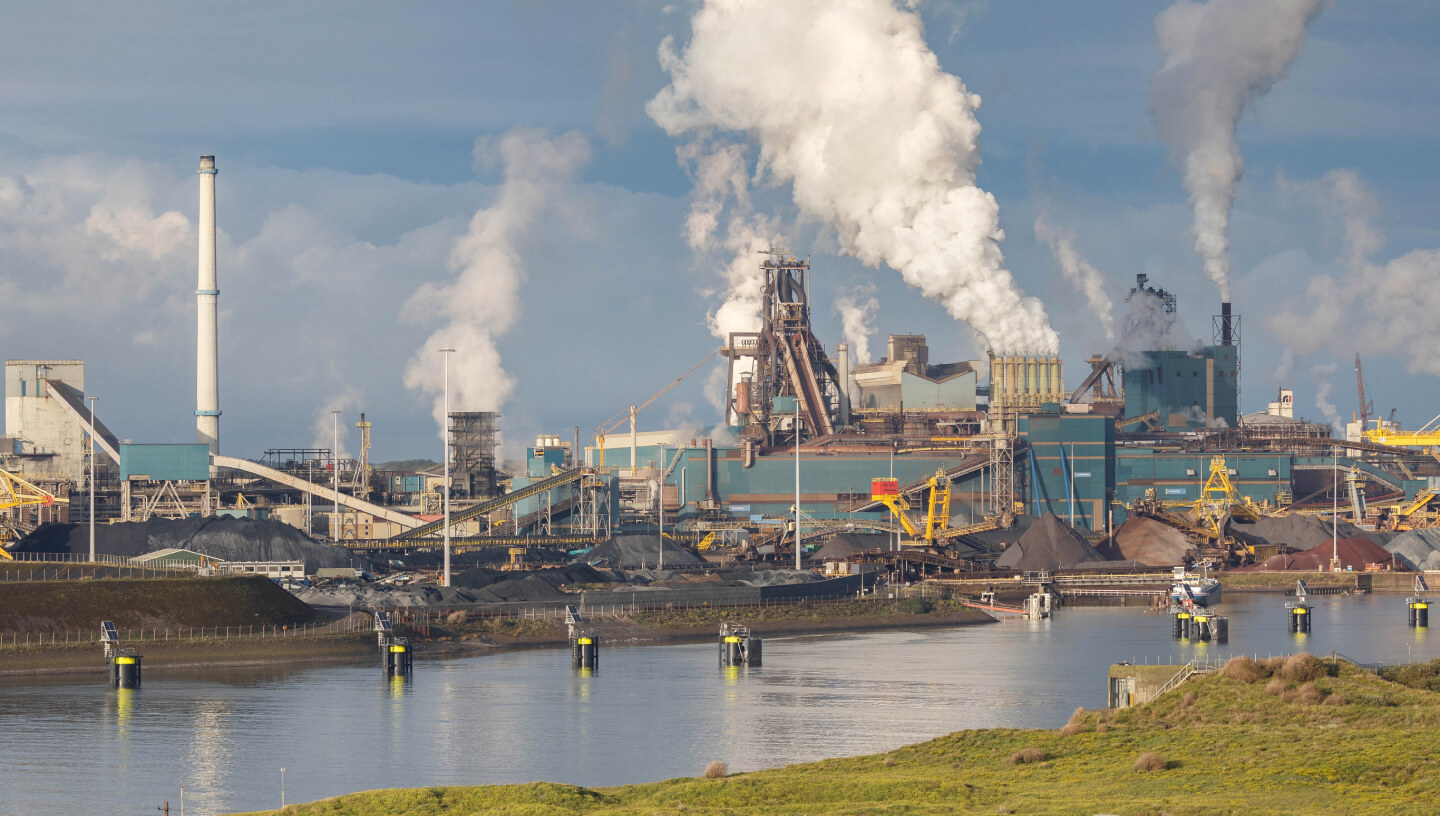07.11.2022
Sources of greenhouse gas emissions to be monitored from satellites
 Photo by: Raylipscombe / iStock
Photo by: Raylipscombe / iStock
In 2025–2026, the European Union intends to launch two CO2M (anthropogenic CO2 monitoring mission Copernicus) satellites designed to track carbon dioxide emissions of large objects — so-called “super-polluters”. These include large power plants, industrial plants, oil refineries, megacities and so on, reports Phys.org.
Spacecraft should help countries party to the Paris Agreement on Climate Change to account for carbon emissions not only at the national level, but also on the scale of individual “super-polluters”.
This is required by climate treaty obligations to report every five years on actions to reduce climate impacts and adapt to the effects of climate change.
The orbiting methodology for monitoring emissions of “super-pollutants” has already been tested at Europe’s largest coal-fired power plant (CHPP), Belchatów, located in Poland. Scientists monitored emissions using the NASA OCO-2 satellite and the OCO-3 module installed on the International Space Station.
The satellites can only detect changes in CO2 emissions when there are no clouds and when the carbon dioxide plume does not pass over large bodies of water or mountains. The instruments measure the average concentration of carbon in the atmosphere.
The OCO-2 and OCO-3 satellites provided 10 suitable data sets on emissions from the Belkhatuv TPP from 2017 to 2022.
Researchers compared the space-based measurements with the power plant’s emissions estimates based on daily electricity production. It turned out that the information from satellites accurately tracked daily emissions.
This proved that existing orbiters could already estimate emissions in near real time.
The experiment was deemed a success, although OCO missions were designed to measure carbon emissions on a global scale rather than for specific sites.
Scientists expect that the new CO2M satellites, with a total spatial coverage of a hundred times that of OCO-2 and OCO-3, will be able to meet a large demand.
“The ability to get the most accurate information on CO2 emissions from ‘super-polluters’ such as the Belkhatuv Power Plant around the world will increase the transparency of carbon accounting and will probably ultimately help reduce those emissions,” said science programme participant Dr Ray Nassar, an atmospheric scientist at Environment Canada.
Cover photo: janiecbros / iStock


























Comments